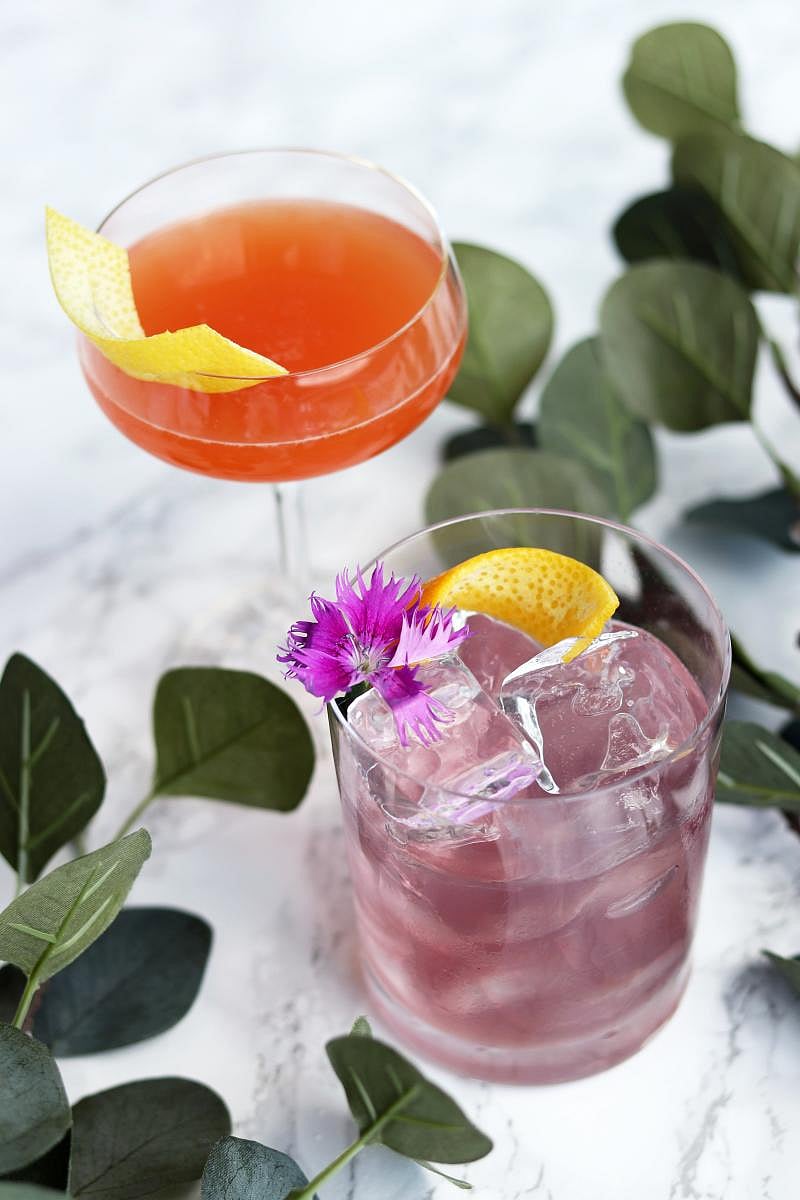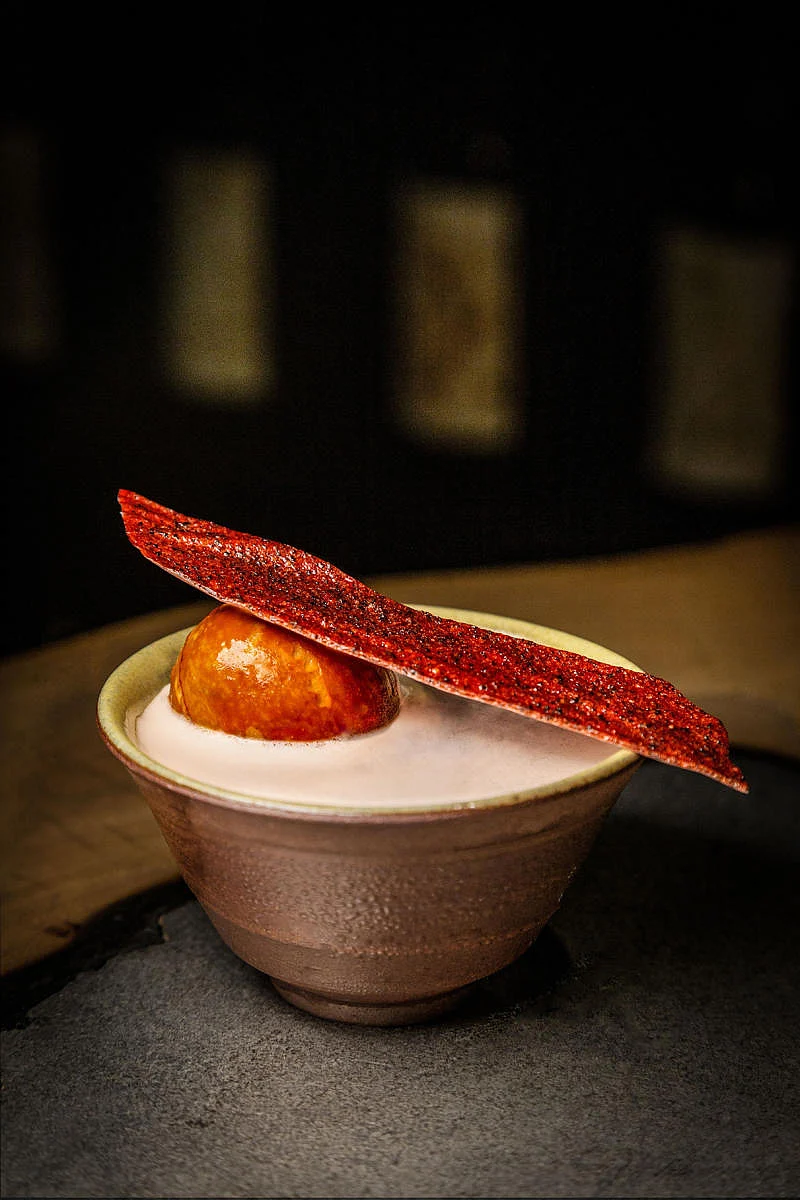

There has been a great global call for sustainability in the last decade, with the growing awareness of sustainability as well as waste reduction programmes. Consumers are increasingly interested in living a “zero waste” lifestyle and lowering their personal carbon footprint. The hospitality industry has also recognised the pressing issue and is working to find long-term solutions. In the case of cocktails, this entails limiting food waste, using local ingredients, and using labels that prioritise sustainability. There are numerous methods to consume effectively and reduce the waste generated to create an eco-friendly planet.
More and more bars throughout the world are looking for creative methods to adopt sustainability. One such solution is creating sustainable cocktails which aim to be more in tune with nature by preserving natural resources, reducing energy consumption, and reducing pollution. Interestingly, using ingredients to their maximum potential is one of the simplest ways to be more sustainable in cocktail creation. To limit our carbon impact and develop ways to upcycle ingredients, we should buy them as locally as possible.
Some sustainability practices include:
Potato peels are upcycled into bar snacks.
Excess pieces of bread and cheese are being infused with new spirits.
Waste alcohol and lemon peels transformed into soaps and hand sanitisers.
Leftover ingredients to the fermentation process (vegetable herbs, seeds, coffee grounds) being used for organic wines or fermentation.
Paper packages from suppliers, paper dockets from bar and kitchen, and mixed leftover ingredients from the kitchen and bar are used to create recycled bottle labels and coasters featuring hand-written descriptions of each cocktail.
Furthermore, bartenders are becoming increasingly aware of the importance of using fresh fruit in the same way that chefs use an entire animal from head to tail and have embraced zero-waste alcohol bottle packaging alternatives that reduce packing and transportation expenses, resulting in considerable cost savings and reduced carbon impact.
Collaboration with the collection of waste from other pubs, coffee shops, and restaurants and upcycling them into new items is one strategy that most bars are employing.
For cocktail ingredients, avocado pits can be used to replace ice cubes in cocktails, oyster shells can be used to make oyster whiskey, discarded coffee grounds can be fermented to make coffee kombucha or coffee wine, discarded eggshells can be used to make savoury soda water, and leftover basmati rice can be infused with whiskey.
One Penicillin, One Tree
This recipe features ingredients like white chocolate Mackintosh eco-Spirit whiskey, strawberry brine water, coconut kefir, and avocado stone provided by a local Spanish eatery. The special cocktail is served in a clay cup with attention paid to the final details, including avocado burst spray finishes inside the cup, garnishes of papaya seeds and strawberry leather, and frozen avocado ice cubes.
It is a climate-positive cocktail that would make Sir David Attenborough proud. One native tree is planted in the endangered Kalimantan rainforest area in Borneo, Indonesia for each service.
Most F&B industry stakeholders are becoming aware of the ongoing shift towards sustainable products and practices, which has become highly crucial. As customers become increasingly interested in the lifecycle of products, we hope that ingredients with sustainable and ethical supply chains will become more popular.
(The author is an Indonesian-born mixologist who has been working on sustainable solutions in bartending.)